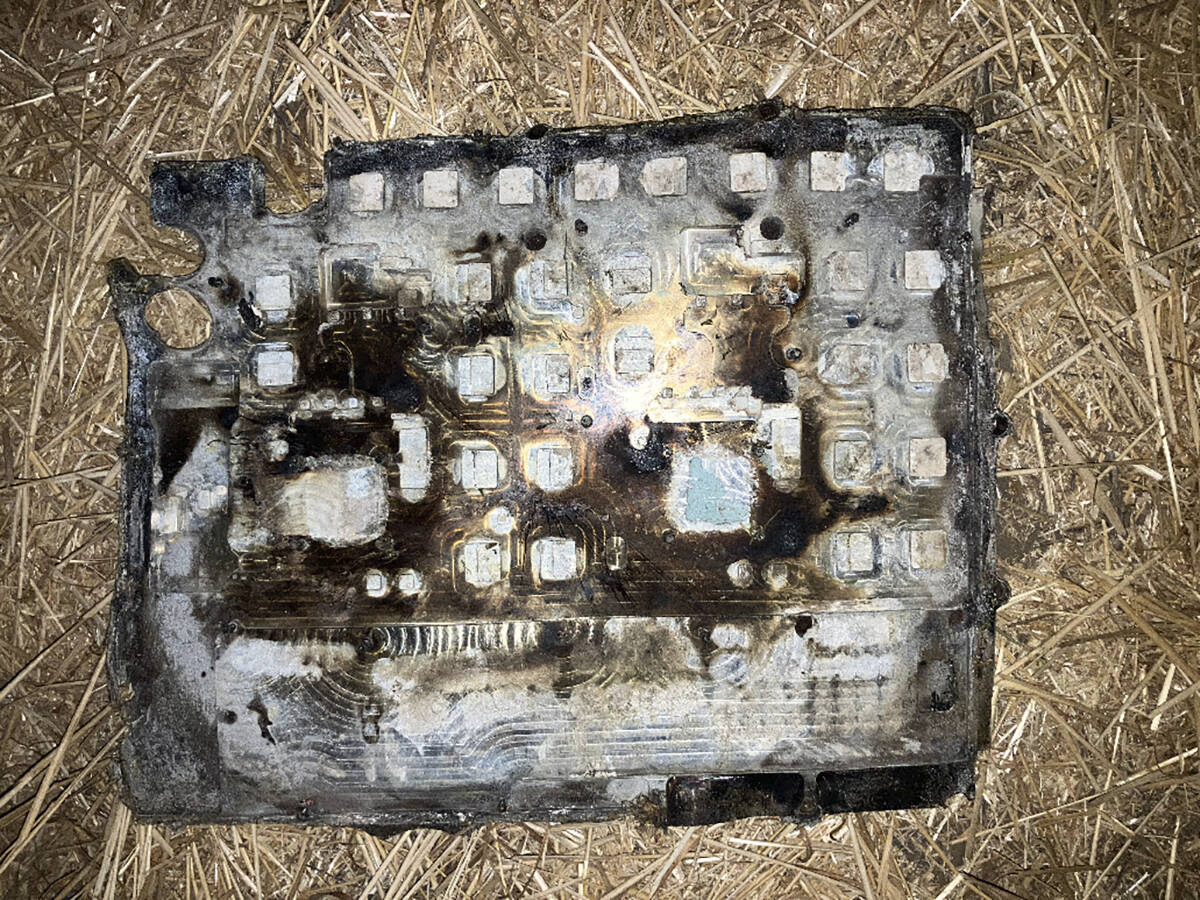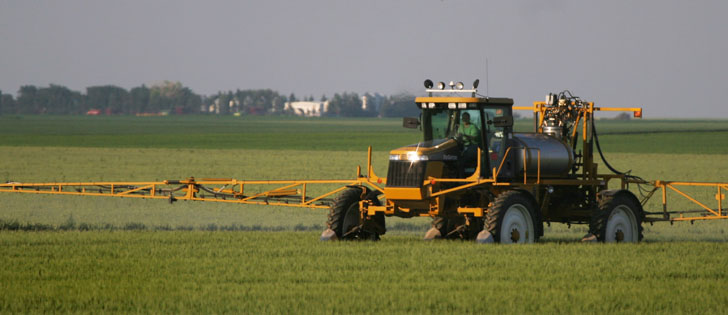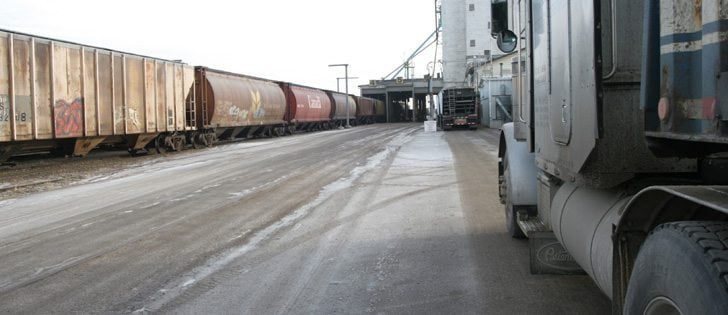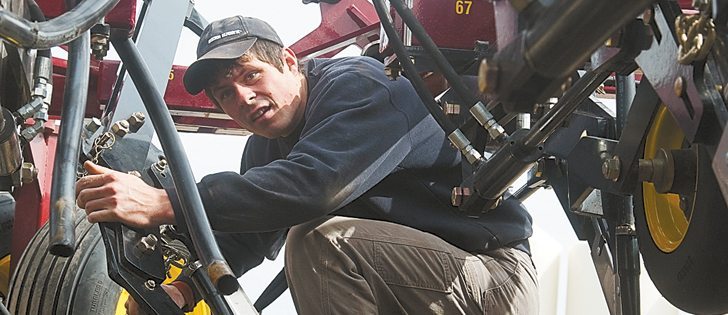Hinged on wind farm project? | Residents want to know if the transmission line is required if the wind project is nixed
TWIN BUTTE, Alta. — Southern Alberta residents in the path of a potential 240 kilovolt electrical line project are not convinced the line is needed for Alberta’s future electrical needs.
They are also convinced the line is not wanted in their area south and east of Pincher Creek, on a route that skirts Waterton Lakes National Park and could go through prime foothills ranching country.
About 150 people asked questions of power line builder AltaLink personnel and of an Alberta Electric System Operator (AESO) representative July 11 as temperatures rose within the Twin Butte Community Hall.
Read Also

Farmers asked to keep an eye out for space junk
Farmers and landowners east of Saskatoon are asked to watch for possible debris in their fields after the re-entry of a satellite in late September.
The project in question, called the Goose Lake to Etzikom Coulee line, is part of the Southern Alberta Transmission Reinforcement plan that AESO approved in 2008.
It is intended to connect proposed wind turbine farms to the electrical grid at an estimated construction cost of $300 to $450 million.
The route for the line has yet to be determined. AltaLink has defined potential routes but the one it recommends for approval by the Alberta Utilities Commission will be decided once environmental assessments and negotiations are complete.
However, Jason Doering, AESO’s director of transmission system planning, said the electrical line is needed to connect wind farms to the power grid. He also said it meets the operator’s required criteria for approving additional lines.
“The line is absolutely needed right now based on the milestones that we had set out for construction,” said Doering.
“I believe this is a prudently planned project and with the changes we’ve seen in the wind queue, it supports, to my mind, the way that we’ve planned this project.”
Several people in the crowd questioned whether proposed wind projects would come to fruition and if they don’t, whether it would negate the need for the new transmission line.
However, Doering said AESO is in constant touch with wind project developers and as things stand, the line will be needed.
Some at the meeting aren’t in favour of more wind projects in this area, where wind power generation got its start in Western Canada.
“The lines we have are sufficient to cover what we have now and maybe we don’t need any more wind farms,” said Harry Hanlan of Twin Butte, noting the unreliability of wind and cheaper options such as natural gas to generate electricity.
“I think that you’re encouraging future wind development here.”
Doering denied the charge.
“We are not favouring any specific form of generation,” he said.
“We have to allow any generators that want to connect to the system to connect. We also are connecting gas generators. We connected a large coal generator. We don’t have the ability to pick and choose which generators actually connect to the system.”
Thirty-one wind projects are now in the connection queue for this region, not all of which will likely be built.
AltaLink officials were asked about the route of the proposed line and how it deals with obstructions created by towers and lines to the scenic beauty of the area.
“You can’t put a price on what we are losing,” said area resident Cheryl Shimek, noting the scenery and wildlife habitat of the region.
Julia Palmer received the loudest applause of the evening with her observation that the line will affect more than farm and ranch land.
“It is not simply agricultural land. It’s where I’ve chosen to build my life,” she said.
Area rancher Quentin Stevick called upon the Municipal District of Pincher Creek to declare the region a “no go” area for the line.
Mark Johns, director for stakeholder engagement and special initiatives for AltaLink, said that would heighten awareness of local sentiment but wouldn’t necessarily alter the proposed route.
Johns acknowledged the importance of scenery and the value residents’ place upon it, and said it will be considered when routes are presented to the AUC.
He said if a deal can be struck with the Blood Indian Reserve, the line could go across that land with potentially less impact on mountain views. A line across the reserve would also be shorter.
However, negotiations with the Blood band and consultations with all other affected landowners are still in progress.
Other concerns voiced at the meeting related to electrical rate increases resulting from the line, noise generation and whether the line is part of plans to sell electricity out of province.
In the end, members of the landowners group that called the meeting said the event was useful, but questions remain.
Two more open houses on the project were scheduled in Glenwood and Twin Butte.

















